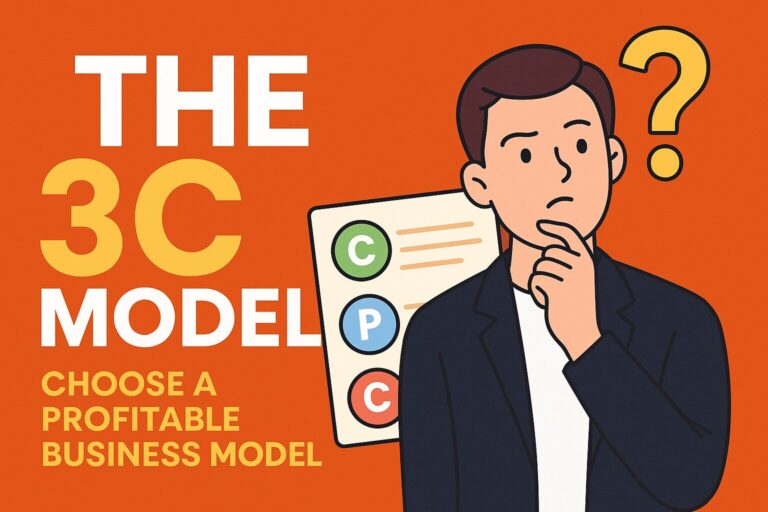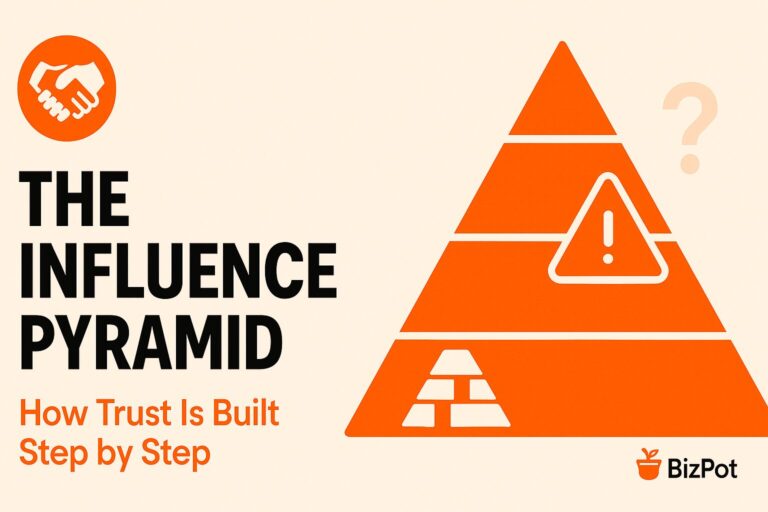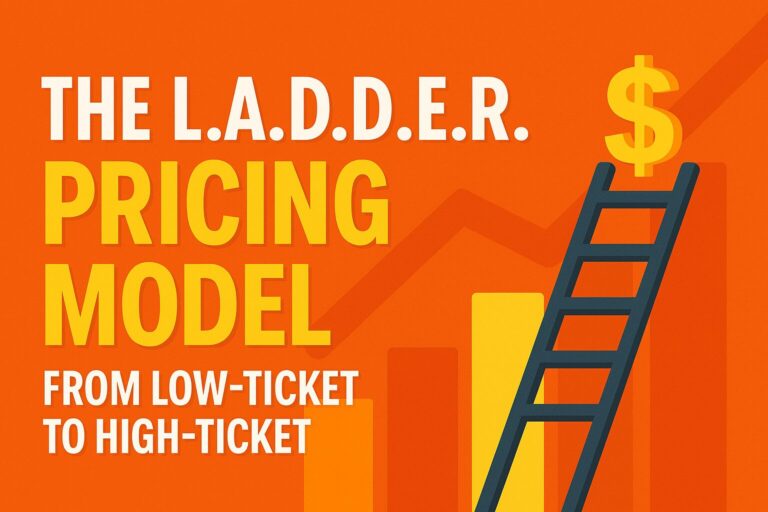The DIVE Decision-Making Framework
How to Stop Overthinking and Take Action
🔹 Introduction
Overthinking and indecision can stall your business growth. The DIVE Framework is designed to help entrepreneurs make confident decisions quickly, without getting stuck in analysis paralysis.
🔹 What Is the DIVE Framework?
The DIVE Framework consists of four steps:
✅ D – Define the Decision (Get clarity on what needs to be decided)
✅ I – Identify Key Information (Gather only the essential facts)
✅ V – Validate Options (Weigh choices without overcomplicating)
✅ E – Execute & Evaluate (Take action and adjust as needed)
Let’s break down each step so you can stop hesitating and start making decisions with confidence.
1️⃣ D – Define the Decision
Many people get stuck because they don’t clearly define the decision they need to make.
How to Define the Decision:
- Clearly state the decision in one sentence.
- Identify the desired outcome.
- Set a deadline for making the decision.
Example: Instead of endlessly debating, an entrepreneur defines their decision as: “Should I launch my product in Q3 or Q4?”
Action Step: Write down a major decision you’ve been postponing and set a deadline to decide.
2️⃣ I – Identify Key Information
Too much information leads to analysis paralysis. Focus only on the facts that truly impact your choice.
How to Identify Key Information:
- Ask: “What are the 3 most important factors in this decision?”
- Ignore unnecessary details that don’t affect the outcome.
- Seek expert advice only if truly needed.
Example: Instead of researching endlessly, a founder asks: “What do my top 5 potential customers think about this feature?”
Action Step: List the 3 most important factors influencing your decision.
3️⃣ V – Validate Options
Don’t overcomplicate—use a simple method to weigh your choices and move forward.
How to Validate Options:
- Use a Pros & Cons list to quickly compare options.
- Apply the 80/20 rule—which choice will create the biggest impact with the least effort?
- If both options are good, flip a coin—your gut reaction will reveal your true preference.
Example: An entrepreneur stuck between two pricing strategies quickly lists pros & cons, chooses the better option, and moves forward.
Action Step: Create a quick Pros & Cons list for your top two options.
4️⃣ E – Execute & Evaluate
A decision means nothing without action. Execute and adjust as needed.
How to Execute & Evaluate:
- Take immediate action to implement your decision.
- Set a review date to assess the results.
- If needed, pivot based on new data—progress is better than perfection.
Example: A business owner chooses a new marketing strategy, tests it for 30 days, and tweaks it based on customer response.
Action Step: Make a decision today and set a review date for adjustments.
🔹 Quick Takeaways (Summary)
✅ D – Define the Decision: Clearly state what you need to decide and set a deadline.
✅ I – Identify Key Information: Focus only on essential facts that impact the outcome.
✅ V – Validate Options: Use simple methods like pros & cons to weigh choices.
✅ E – Execute & Evaluate: Take action, track results, and adjust as needed.





